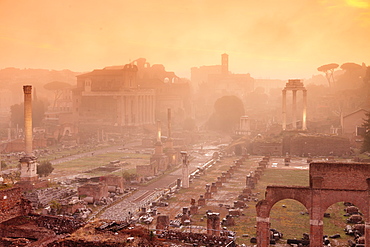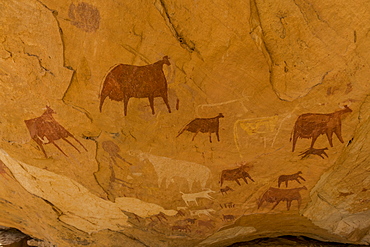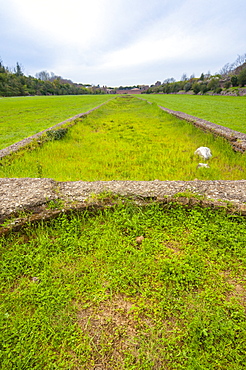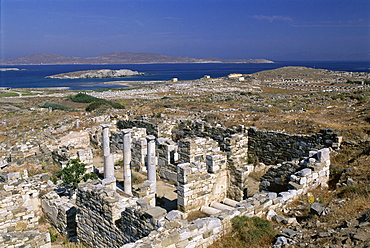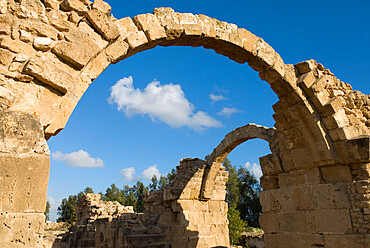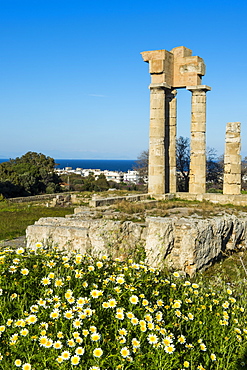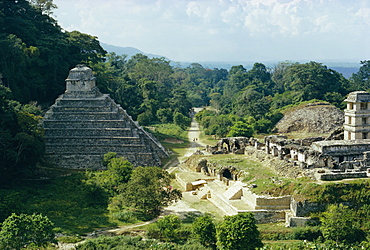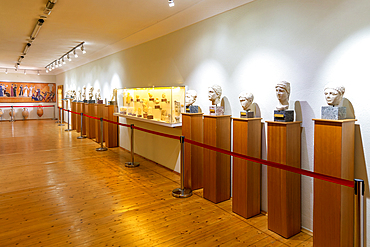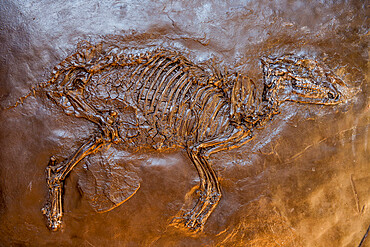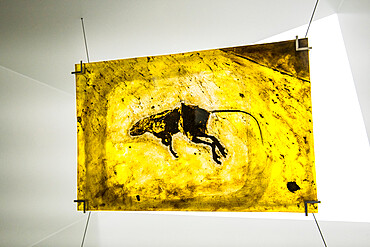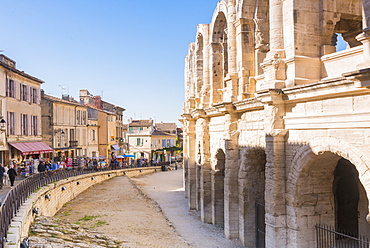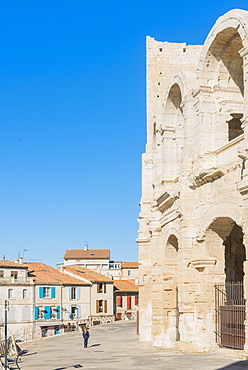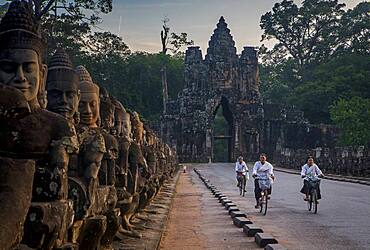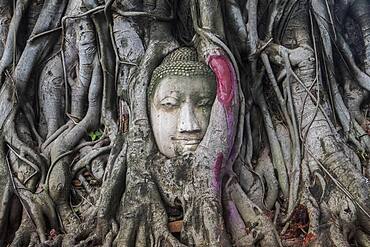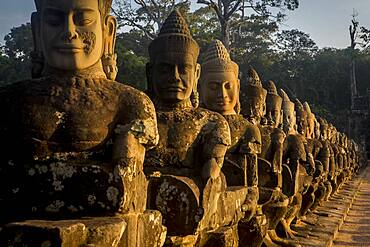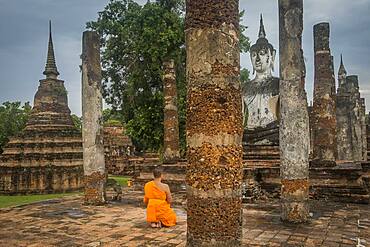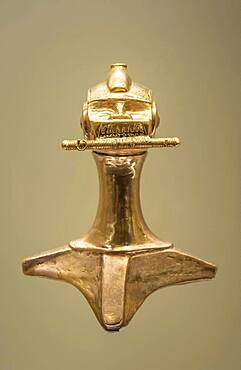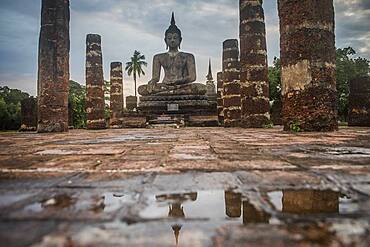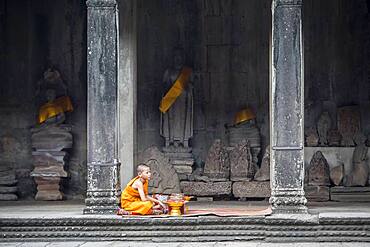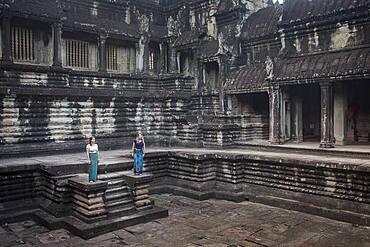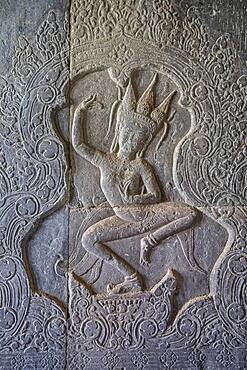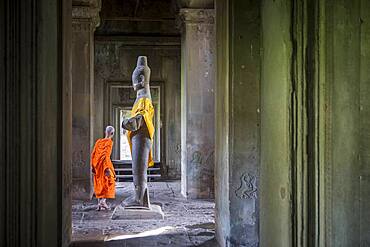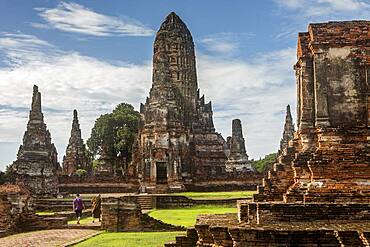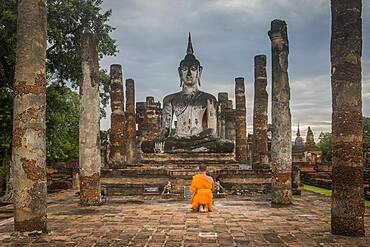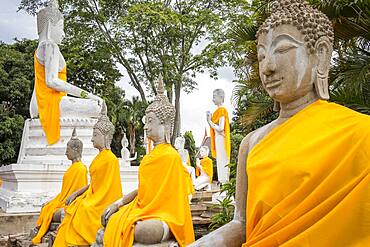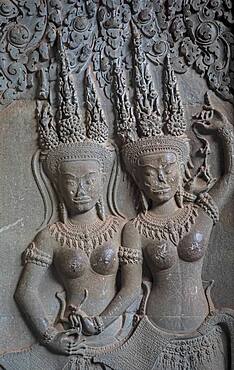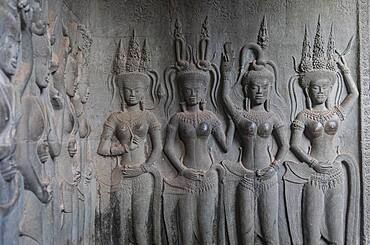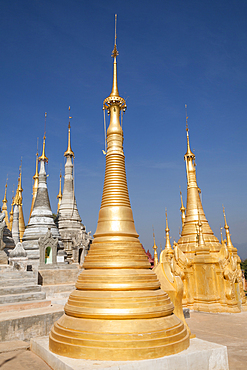Results
« Previous 1 … 20 21 22
2109 results found
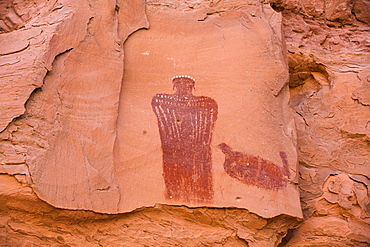
Moki (Moqui) Queen Pictograph, Glen Canyon National Recreation Area, Utah, United States of America, North America

Su Nuraxi, Nuragic archaeological site in Barumini, UNESCO World Heritage Site, Sardinia, Italy, Europe

View over Athens and The Acropolis at sunset from Likavitos Hill, Athens, Attica Region, Greece, Europe
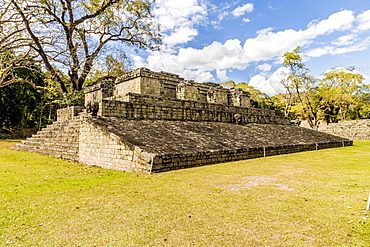
Ball Court, in the archaeological site of the Maya civilization, at Copan Ruins UNESCO World Heritage Site, Copan, Honduras, Central America
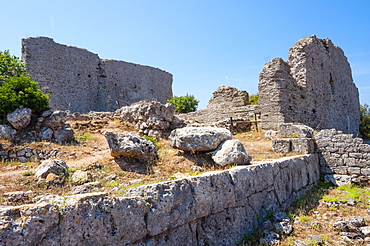
Capitolium, Ruins of Main temple on the Arx, Roman town of Cosa, Ansedonia, Grosseto province, Maremma, Tuscany, Italy, Europe
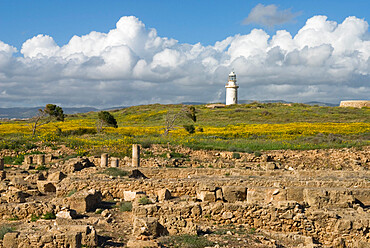
View over ruined Roman town to the lighthouse, The Agora, Archaeological Park, Paphos, UNESCO World Heritage Site, Cyprus, Europe
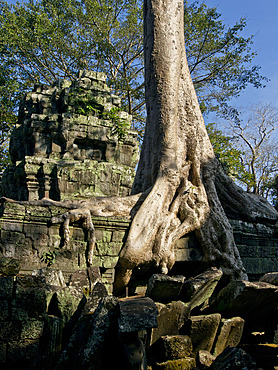
Angkor Wat Archaeological Park, UNESCO World Heritage Site, Siem Reap, Cambodia, Indochina, Southeast Asia, Asia

Tourists at the Angkor Wat Archaeological Park, UNESCO World Heritage Site, Siem Reap, Cambodia, Indochina, Southeast Asia, Asia

View over ruined Roman town to the lighthouse, The Agora, Archaeological Park, Paphos, UNESCO World Heritage Site, Cyprus, Europe
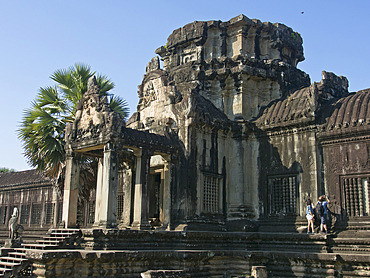
Angkor Wat Archaeological Park, UNESCO World Heritage Site, Siem Reap, Cambodia, Indochina, Southeast Asia, Asia
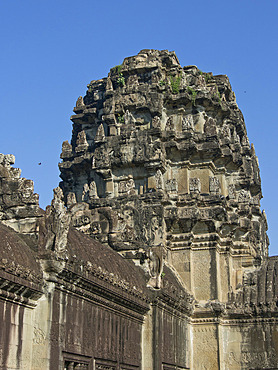
Angkor Wat Archaeological Park, UNESCO World Heritage Site, Siem Reap, Cambodia, Indochina, Southeast Asia, Asia

Tourists at the Angkor Wat Archaeological Park, UNESCO World Heritage Site, Siem Reap, Cambodia, Indochina, Southeast Asia, Asia
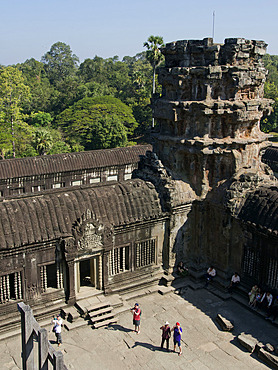
Tourists at the Angkor Wat Archaeological Park, UNESCO World Heritage Site, Siem Reap, Cambodia, Indochina, Southeast Asia, Asia
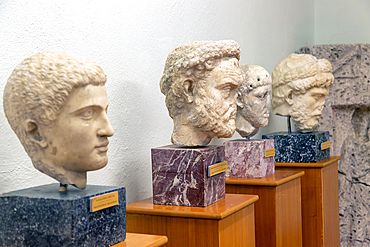
Carved marble Roman portrait heads of four men, Archaeology Museum, Apollonia Archaeological Park, Albania, Europe

Via dell'Abbondanza, the main ancient city street with stones and house numbering, Pompeii, UNESCO World Heritage Site, Campania, Italy, Europe
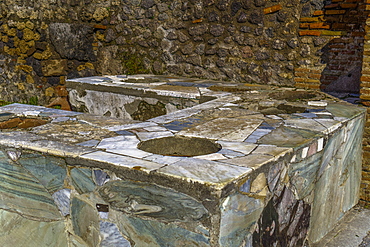
Thermopolium Via Delle Terme, remains of establishment selling ready-to-eat food on the streets of Pompeii Forum, Pompeii, UNESCO World Heritage Site, Campania, Italy, Europe
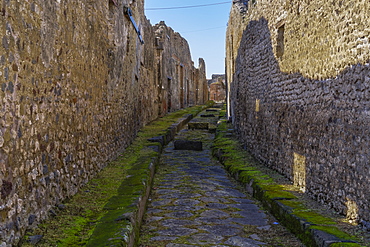
Stone street with raised blocks, city street with stepping stones allowing vehicles and pedestrians to cross the street, Pompeii, UNESCO World Heritage Site, Campania, Italy, Europe
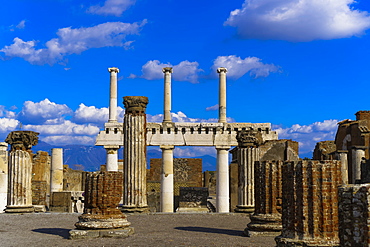
Basilica remains, ancient ruins with standing columns surrounding the Forum area, Pompeii, UNESCO World Heritage Site, Campania, Italy, Europe
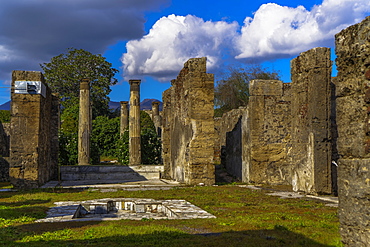
Remains of the Casa di Pansa (House of Pansa), pool in the peristyle with Ionic capitals at the atrium, Pompeii, UNESCO World Heritage Site, Campania, Italy, Europe
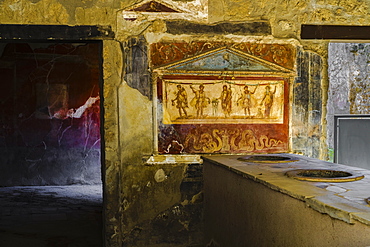
Casa e Thermopolium di Vetutitus Placidus, a private house where hot food was served, with lararium room wall painting, Pompeii, UNESCO World Heritage Site, Campania, Italy, Europe

Street paved in a cobblestone fashion, the main ancient city street with stepping stones, raised blocks and houses, Pompeii, UNESCO World Heritage Site, Campania, Italy, Europe
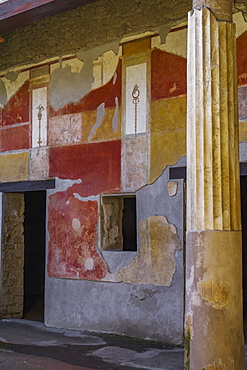
Casa di Venus atrium peristyle colonnade, frescoes on House of D. Lucretii Satrii Valentes, Pompeii, UNESCO World Heritage Site, Campania, Italy, Europe
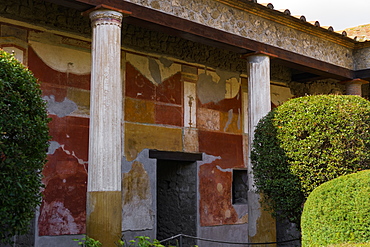
Casa di Venus atrium peristyle colonnade, frescoes on House of D. Lucretii Satrii Valentes, Pompeii, UNESCO World Heritage Site, Campania, Italy, Europe

Casa di Venus fresco of Aphrodite lying on a conch shell with nymphs at House of D. Lucretii Satrii Valentes, Pompeii, UNESCO World Heritage Site, Campania, Italy, Europe
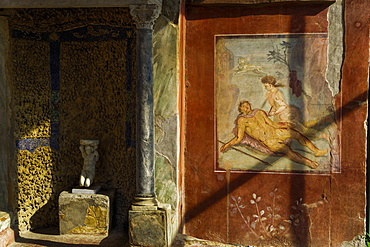
House of Octavius Quartio biclinium fresco (wall painting) of Pyramus and Thisbe on the House of Loreius Tiburtinus, Pompeii, UNESCO World Heritage Site, Campania, Italy, Europe
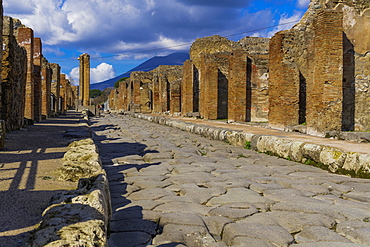
Wide street lined with plebeians houses and structured formation of cobblestoned path with higher kerbs to wash away debris, Pompeii, UNESCO World Heritage Site, Campania, Italy, Europe
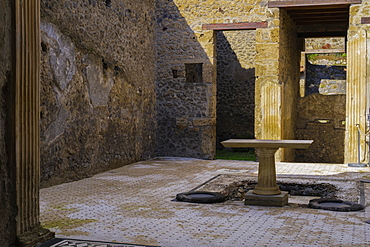
Casa del Frutteto atrium, remains of the House of the Orchard after Mount Vesuvius volcanic eruption in AD 79, Pompeii, UNESCO World Heritage Site, Campania, Italy, Europe
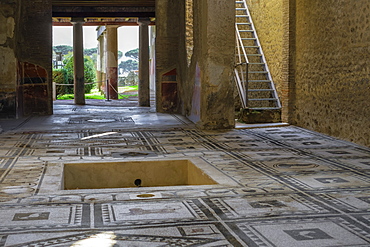
Casa di Paquius Proculus mosaic, interior of House of Cuspius Pansa looking across atrium to tablinum and oecus, Pompeii, UNESCO World Heritage Site, Campania, Italy, Europe
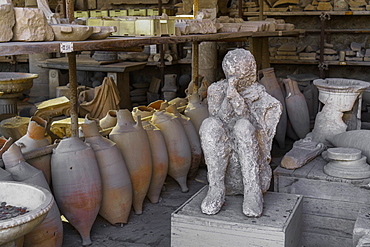
Human plaster cast of a body in the forum market, dead in the 79 AD Vesuvius volcanic eruption, Pompeii, UNESCO World Heritage Site, Campania, Italy, Europe
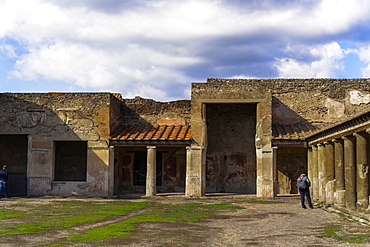
Terme Stabiane interior. 2nd century BC thermal complex, Stabian Baths, with columns at porticoed gym area, Pompeii, UNESCO World Heritage Site, Campania, Italy, Europe
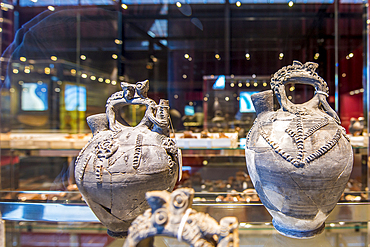
Artifacts at the El Born Cultural and Memorial Centre archaeological site and museum, Barcelona, Catalonia, Spain, Europe

Amphitheater interior view, ruins of the 20000 capacity Roman Anfiteatro di Pompeii, Pompeii, UNESCO World Heritage Site, Campania, Italy, Europe
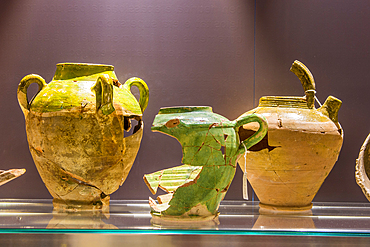
Artifacts at the El Born Cultural and Memorial Centre archaeological site and museum, Barcelona, Catalonia, Spain, Europe

Carved marble Roman portrait heads of four men, Archaeology Museum, Apollonia Archaeological Park, Albania, Europe
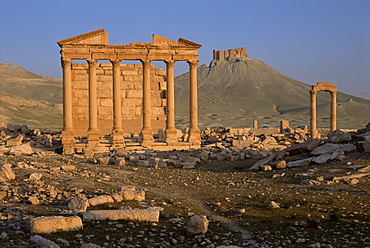
Funerary temple at archaeological site and Arab castle beyond, Palmyra, UNESCO World Heritage Site, Syria, Middle East
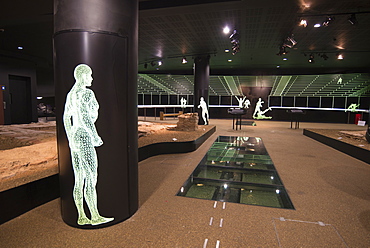
Remains of the Roman amphitheatre discovered in the basement of the Guildhall, London, EC2, England, United Kingdom, Europe
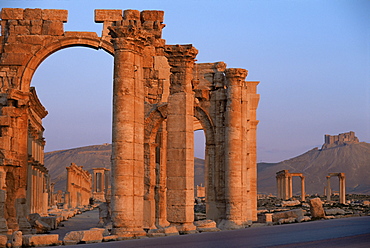
Monumental arch at archaeological site, with Arab castle beyond, Palmyra, UNESCO World Heritage Site, Syria, Middle East
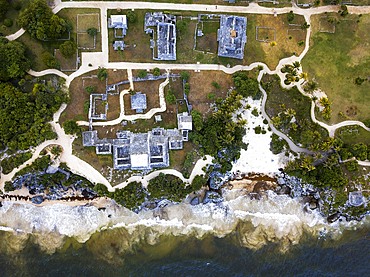
Aerial views of El Castillo and the Ruins of the Mayan temple grounds at Tulum, Quintana Roo, Yucatan, Mexico. Tulum is the site of a pre-Columbian Mayan walled city which served as a major port for Coba, in the Mexican state of Quintana Roo. The ruins are situated on 12 meter 39 ft tall cliffs along the east coast of the Yucatán Peninsula on the Caribbean Sea in the state of Quintana Roo, Mexico. Tulum was one of the last cities built and inhabited by the Maya; it was at its height between the 13th and 15th centuries and managed to survive about 70 years after the Spanish began occupying Mexico. Old World diseases brought by the Spanish settlers appear to have resulted in very high fatalities, disrupting the society, and eventually causing the city to be abandoned.

Aerial views of El Castillo and the Ruins of the Mayan temple grounds at Tulum, Quintana Roo, Yucatan, Mexico. Tulum is the site of a pre-Columbian Mayan walled city which served as a major port for Coba, in the Mexican state of Quintana Roo. The ruins are situated on 12 meter 39 ft tall cliffs along the east coast of the Yucatán Peninsula on the Caribbean Sea in the state of Quintana Roo, Mexico. Tulum was one of the last cities built and inhabited by the Maya; it was at its height between the 13th and 15th centuries and managed to survive about 70 years after the Spanish began occupying Mexico. Old World diseases brought by the Spanish settlers appear to have resulted in very high fatalities, disrupting the society, and eventually causing the city to be abandoned.
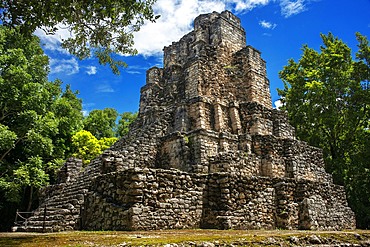
Estructura 8I-13 El Castillo at Chunyaxche Muyil Maya ruins, rainforest near Tulum, Yucatan Peninsula, Quintana Roo, Mexico
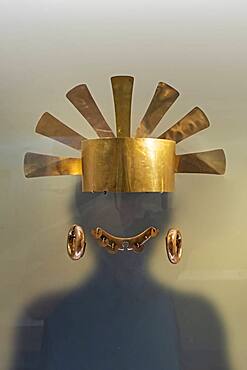
Crowns and helmets were worn by leaders, Pre-Columbian goldwork collection, Gold museum, Museo del Oro, Bogota, Colombia, America
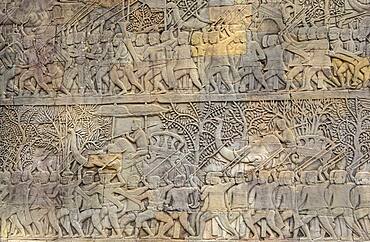
Representation, Ramayana epic, Bas-relief carvings, in Bayon temple, Angkor Thom, Angkor, Siem Reap, Cambodia

Offering room, sala de la ofrenda, Gold artifacts on display, Gold museum, Museo del Oro, Bogota, Colombia, America
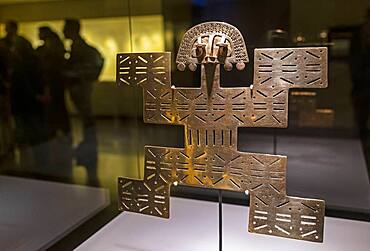
Pectoral in the form of a Jaguar-Man, Pre-Columbian goldwork collection, Gold museum, Museo del Oro, Bogota, Colombia, America

Aztec Cihuateotl. Mexico, Aztec. Late 15th-early 16th century. Stone. Metropolitan Museum of Art in New York City. 82nd Street Manhattan New USA
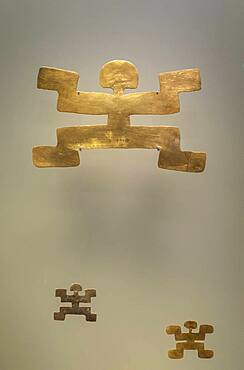
gold artifacts in the form of a Jaguar-Man, Pre-Columbian goldwork collection, Gold museum, Museo del Oro, Bogota, Colombia, America

Buddha statue, Central sanctuary, in Prasat Hin Phimai (Phimai Historical Park), Phimai, Nakhon Ratchasima province, Thailand
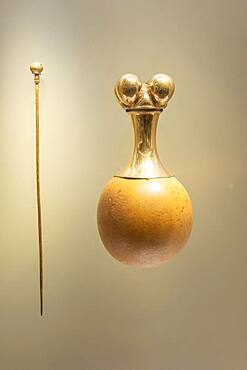
Poporo and stick, Pre-Columbian goldwork collection, Gold museum, Museo del Oro, Bogota, Colombia, America

The Offering Raft or La Balsa de la ofrenda, Pre-Columbian goldwork collection, Gold museum, Museo del Oro, Bogota, Colombia, America

Offering room, sala de la ofrenda, Gold artifacts on display, Gold museum, Museo del Oro, Bogota, Colombia, America
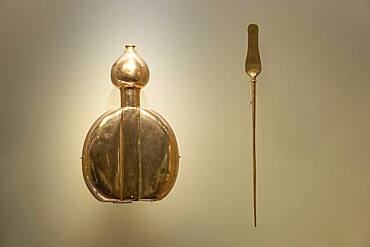
Poporo and stick, Pre-Columbian goldwork collection, Gold museum, Museo del Oro, Bogota, Colombia, America
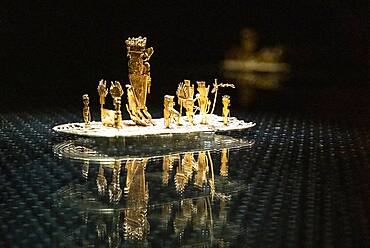
The Offering Raft or La Balsa de la ofrenda, Pre-Columbian goldwork collection, Gold museum, Museo del Oro, Bogota, Colombia, America

Sulamani Temple, on left, taken from Pyathatgyi Temple which is also known as Pyathadar Temple, Bagan, Myanmar, (Burma)

